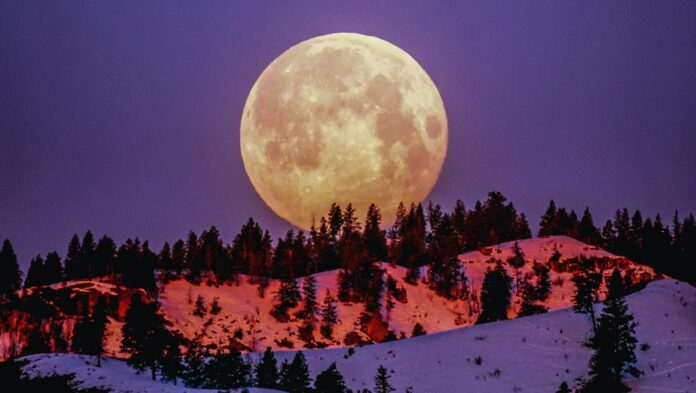The Beaver SuperMoon is set to rise in Taurus on November 5, marking one of the year’s most spectacular lunar events. Coinciding with the peak of the Southern Taurids meteor shower, which has already produced a “rich fireball swarming year,” skywatchers are in for a stunning cosmic show.
But before the supermoon arrives, stargazers can catch the Orionids meteor shower, peaking this weekend under the dark skies of a new moon—a perfect setup for viewing. According to the American Meteor Society, the Orionids typically produce 10 to 20 meteors per hour. And during exceptional years like 2006–2009, rates soared to 50–75 meteors per hour.
NASA notes that the Orionids’ meteors are “bright, fast, and often leave glowing trains lasting several seconds or more.”
Astronomers Discover the Most Pristine Giant Red Star in the Universe – USA Herald
How and When to Watch the Meteors
The Orionid meteor shower has been active since October 2 and will continue until November 7, it peaks on the night of October 20–21. For the best view, step outside between midnight and pre-dawn, find a dark location, and allow at least 30 minutes for your eyes to adjust.



